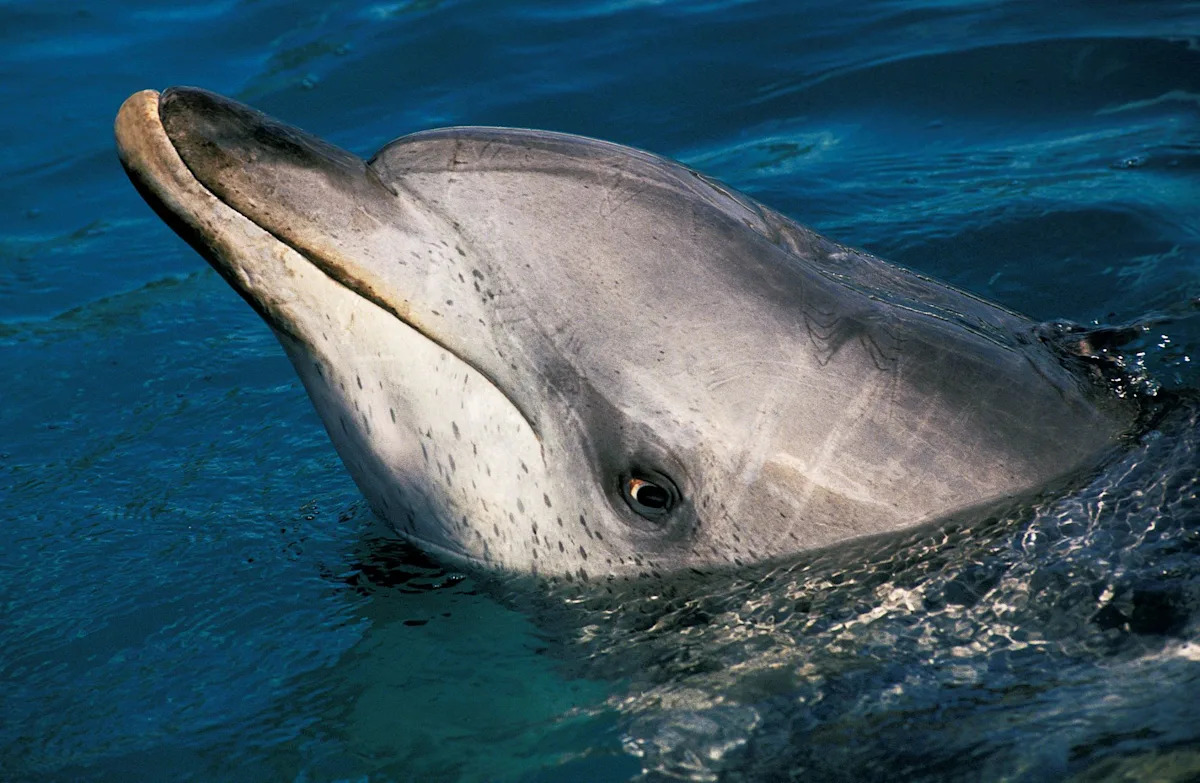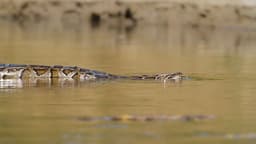Home / Environment / Toxic Algae Blooms Linked to Alzheimer's-Like Brain Damage in Florida Dolphins
Toxic Algae Blooms Linked to Alzheimer's-Like Brain Damage in Florida Dolphins
30 Oct
Summary
- Dolphins in Florida's Indian River Lagoon show brain changes resembling Alzheimer's
- Toxin from algae blooms responsible for the neurological damage
- Toxin levels 2,900 times higher in dolphins during bloom seasons

According to a recent study, dolphins living in Florida's Indian River Lagoon are showing brain changes that resemble Alzheimer's disease. Scientists believe a toxin released during algae blooms is responsible for this alarming discovery.
The study, published in Nature Communications Biology, examined 20 dolphin brains and found that every single one showed damage from the toxin. When dolphins washed ashore during bloom seasons, researchers detected toxin levels 2,900 times higher in their brains compared to dolphins that came ashore at other times.
The brains of these dolphins exhibited unusual protein deposits and genetic changes linked to memory and cognitive health, mirroring the early stages of Alzheimer's disease in humans. "They are amazingly resilient animals," said scientist Wendy Noke Durden, "but this is another thing we need to be cognizant of."
Dolphins serve as environmental health indicators, and what affects them often signals dangers for people living nearby. These animals spend their entire lives in the Indian River Lagoon, consuming fish that carry the toxins released during algal blooms. The toxins may also enter their systems through the air above the water.
As warmer conditions bring increased precipitation to Florida, the frequency and intensity of algae blooms are expected to rise, further exposing dolphins and coastal residents to these harmful toxins. The study's findings suggest that humans may face similar risks from exposure to these waters and seafood sources.




